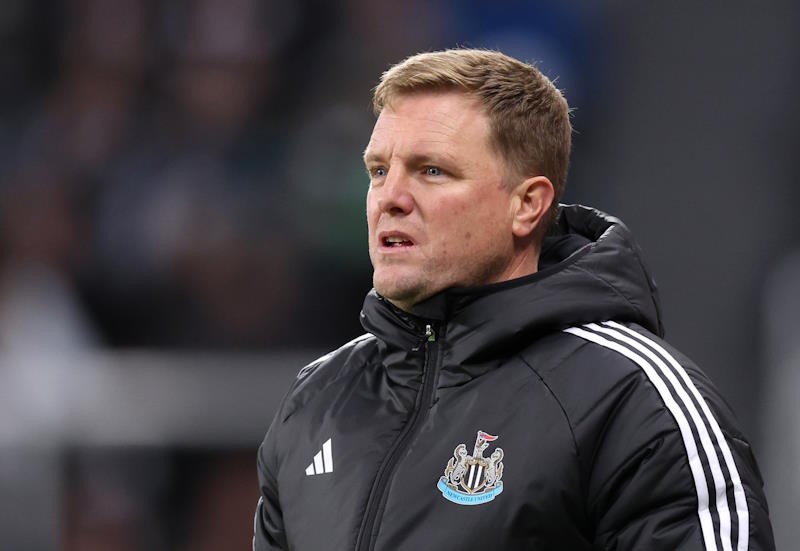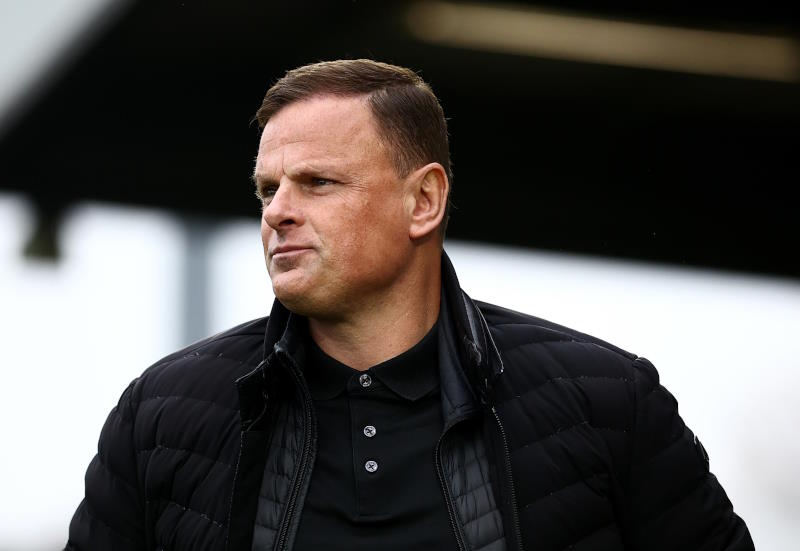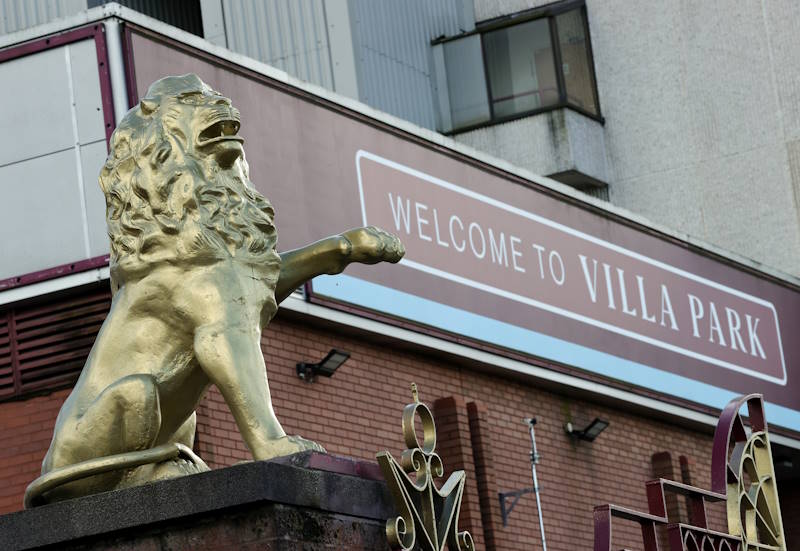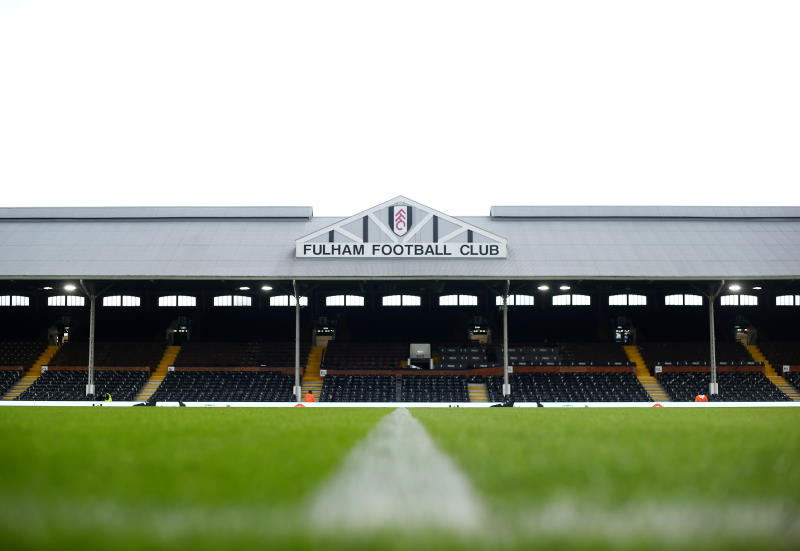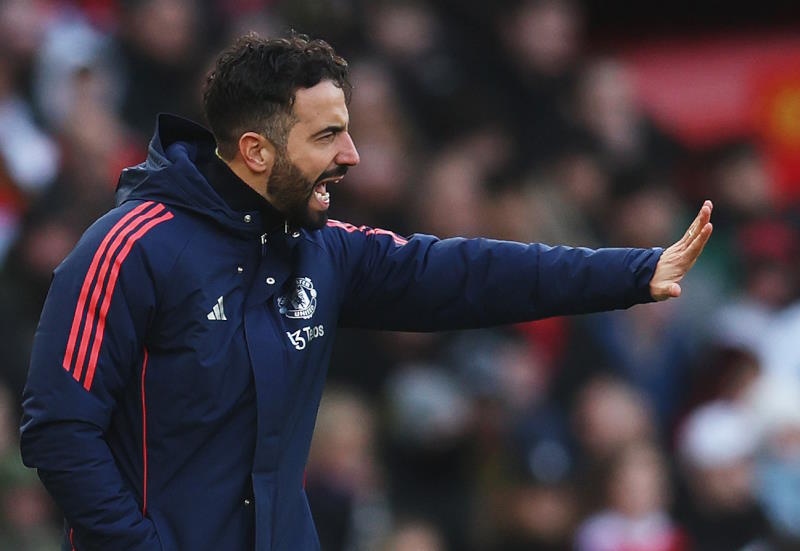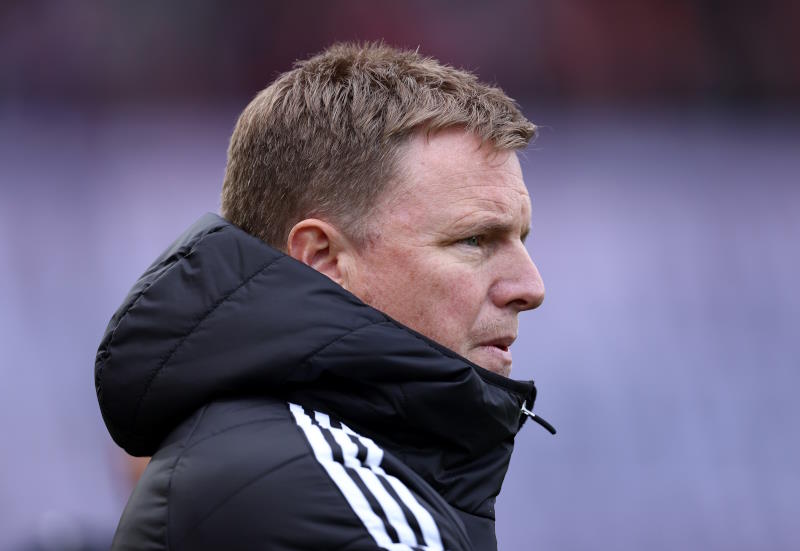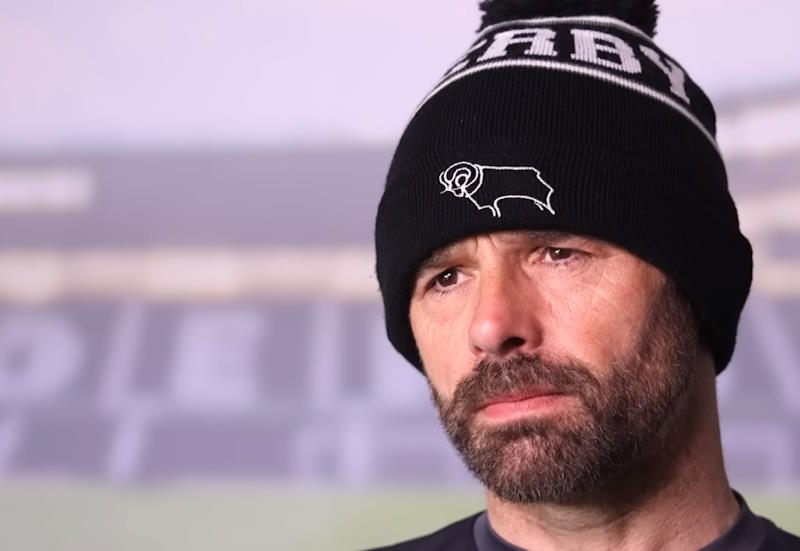
The wait was finally over. In front of tens of thousands of ardent screaming Barcelona fans, the beloved prodigal son had returned. As Cesc Fabregas graced the Camp Nou turf in red and blue for the first time in eight years, the elephant was out of the room. Mind games were over; the wait was, at times, unbearable for Catalans, and with the contract having been firmly signed and sealed, the outcome was clear: Fabregas was “home”.
And home for six years for the teenage Fabregas was La Masia. Literally hidden several times by Mataro – the midfielder’s first club – whenever former Barcelona coach Rodolf Borrell came scouting, Senor Blai, coach of Mataro, could only conceal his starlet for so long. Borrell was instantly convinced the first time he saw the young playmaker in action: “He had everything: vision, athleticism, stamina, speed. He could pass, he could shoot, and above all his decision-making was spectacular."
The young Fabregas eventually moved to Barcelona, to their historic La Masia compound – a traditional farmhouse near the Camp Nou – where he became instant friends with future team-mates Gerard Pique and Lionel Messi while studying, living and breathing “Barcelonismo”. Imprinted with Catalan culture, Fabregas had all the makings of a future Blaugrana player, to a point where Josep Guardiola signed a shirt for the youngster that said: “One day, you will be the number four of Barcelona.” At the time the 14-year old was struggling with the divorce of his parents.
Seeing playing time certain to be limited by those he grew idolising such as Xavi, Fabregas had no choice but to accept an offer from English club Arsenal. Sixteen at the time, the Spaniard did not lament letting go of his boyhood aspirations: “I don’t regret going at all. No one wants to leave Barcelona now because everyone gets a chance but when I was there you had to wait so long. And when a professional team offers you a deal at 16…"
During his eight-year spell as an Arsenal player, Fabregas travelled across the entire spectrum: His evolution from a virtual nobody next to Patrick Vieira and Gilberto Silva to captain and undisputed star of the team has shaped him into a true professional. But the question still lingered on: As Gerard Pique made his way back from Manchester United would the Spanish international ditch England too, with hopes of an emotional reunion with the unstoppable Lionel Messi ever growing.
Eventually life at Highbury and then at the Emirates Stadium proved to be unacceptable as Arsenal suffered a horrific trophy drought, and the “Cesc Fabregas to Barcelona” stories naturally graced headlines annually as European football prepared for its summer break. After a long saga that spanned over the course of three summers, Barcelona finally got their man. The midfield kingpin donning the historic number 4 jersey; ten years after Guardiola’s prediction.
Having played football at Arsenal of a similar style to that of Barcelona, few expected Fabregas to suffer in his first season back home. Yet nobody thought that he would slot in so seamlessly to the team’s scheme.
His presence was instantly felt as he masterminded the move that would earn Barcelona the Spanish Supercup against bitter foes Real Madrid. Having barely been on the pitch for more than a few minutes, Fabregas snatched his first silverware as a Blaugrana player, as opposed to seven trophyless years at Arsenal.
In the club’s next test against Napoli in the Joan Gamper Trophy, Guardiola surprised everyone by deploying Fabregas as a “false 9”, a position usually reserved for the team’s star Lionel Messi. Yet Fabregas excelled in a role he had been handed for the first time in his life, opening the scoring in what would later turn out to be a 5-0 demolition of the visiting Italian side: “We wanted to try Cesc in that position because he gets into good positions in and around the area. He did well and it gives us another option”, commented Guardiola post-match.
And that “other option” will exactly be what Guardiola will no doubt use as his team starts playing those three matches per week. Boasting a small first-team of 19, the former Brescia player regularly fields players in unfamiliar positions: Under Guardiola, Javier Mascherano and Sergio Busquets have played at centre-back, while Daniel Alves was deployed as a right-winger on certain occasions.
With four league goals in five La Liga matches with Barcelona so far, few new players in Spain can better Fabregas’ achievement. The 2010 FIFA World Cup winner has showed his new audience what he is all about, and that is total football; the reason Borrell fell in love with him all those years ago, the reason for which it seems as if he never left.
Still 24 years of age, the new Barcelona number 4 has time aplenty to make his mark in the team’s pantheon of fame. The juvenile talent, who at a certain point was touted to carry the mantle from Guardiola and Xavi, is still very much up for the task. With Xavi now very much in the twilight of his career, talk of the playmaker being succeeded by Fabregas were inevitable. Yet, the 31-year-old believes that Fabregas’ presence improves him as a player in the team: “We are very comfortable together on the pitch", said Xavi. "I think we complement each other quite well. If he goes forward I stay back and cover for him or vice versa. We have shown that many times this year. I think Cesc improves my football."
But his understanding with Xavi is not a case in isolation. Fabregas’ link-up play with Messi has terrorised teams this season; the connection between the two has been at the basis of Barcelona’s superior performances thus far.
Much to the chagrin of the Cules’ newest star, an injury ruled him out before the international break. He will nonetheless be expected to be fit and raring to go once more as his old/new love interest with his boyhood club kick-starts again. Forget Arsenal’s Fabregas. Cesc Fabregas 2.0 is a whole new story.
Photo courtesy: Globovision.

